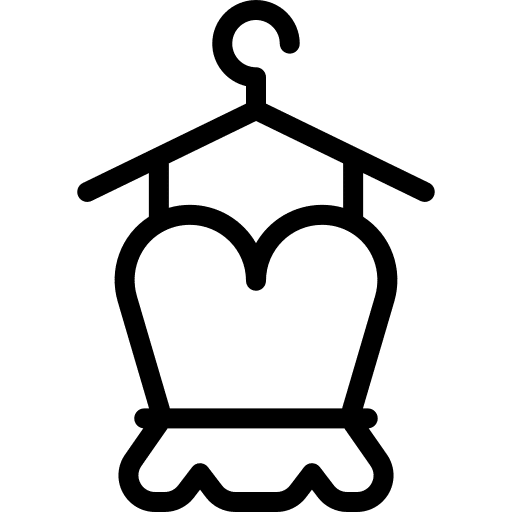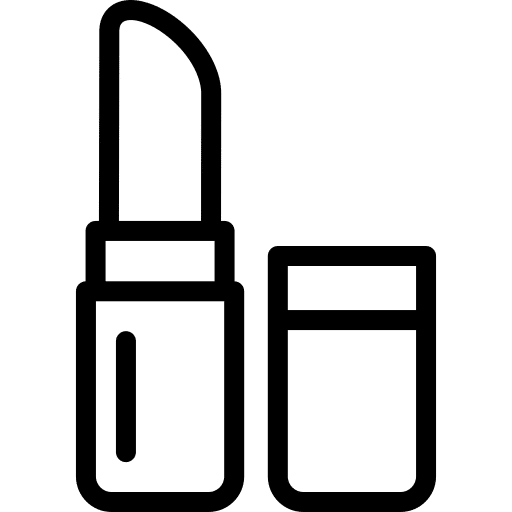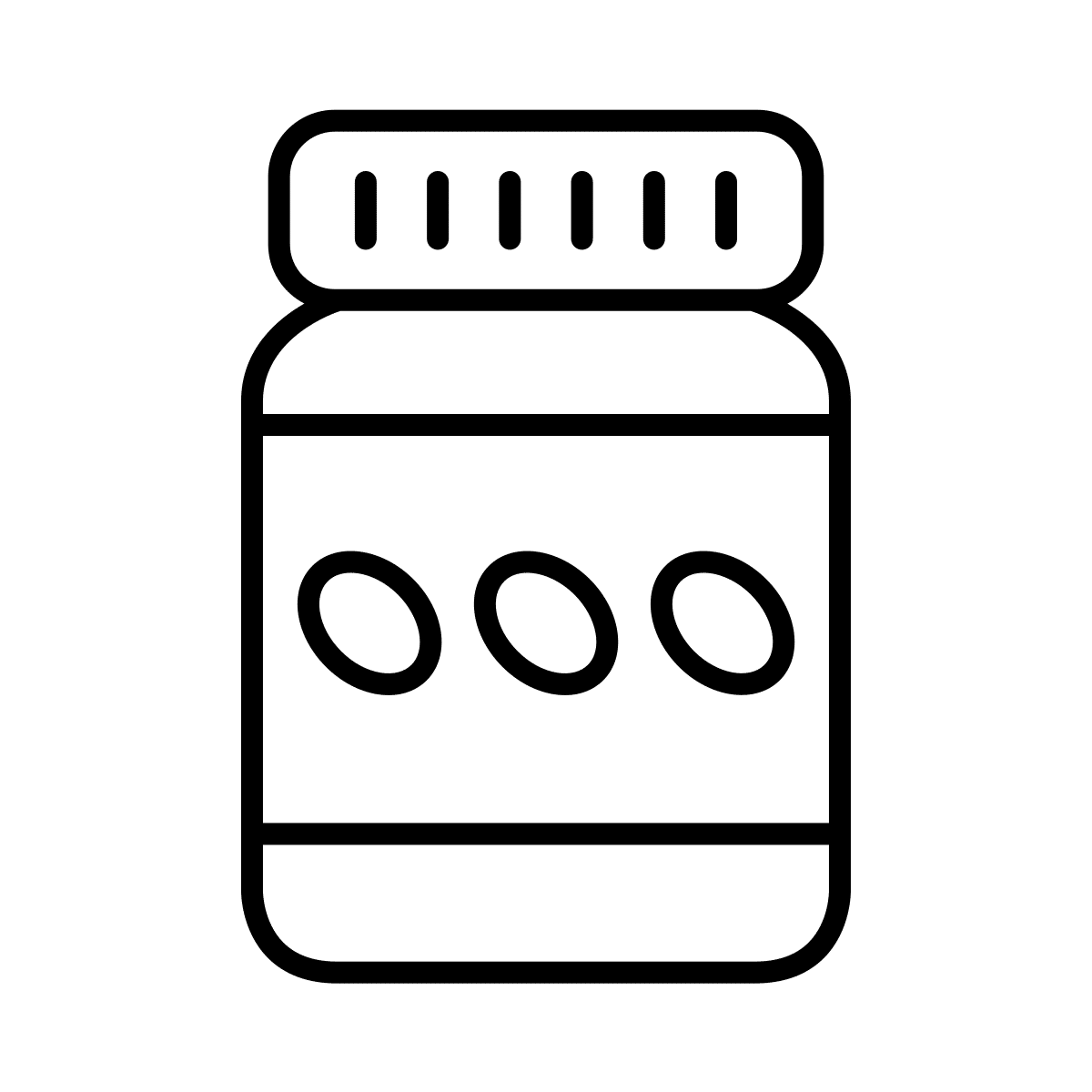The world is going mobile, and the B2B space is no exception. Modern buyers want to make purchases from smartphones and tablets. To win and keep their business, brands need B2B ecommerce mobile apps.
When done right, an app like this can improve the buying process and improve initial and recurrent sales. However, the rules of the game are different in the B2B space when compared to B2C.
B2B customers need different features, design elements, and content to get the most optimal mobile experience. To this end, you need to understand the best practices of developing a B2B ecommerce mobile app. Below, we list some of these to guide and inform your development and marketing processes.
Why do you need a B2B eCommerce Mobile App?
Modern B2B buyers demand the same level of experience they’re used to as consumers. They want frictionless, mobile-optimized, intuitive apps. Price isn’t a dealbreaker for them, but time saved and ease of use do a great deal.
One reason for this is that many B2B buyers are now millennials. They often have a lot of responsibility and little time, moving between the office, the road, or a variety of stores. They don’t shop for fun. They need a fast, easy buying flow that’s available on the go – and apps tick all the boxes in a way websites can’t.
Moreover, these same B2B buyers neither are, nor want to be desktop-first users. They use smartphones and tablets as consumers, and intuitively do the same when making B2B decisions.
To learn more, just check out our article on why B2B brands need mobile apps. For now, we’ll move on to the best practices for developing a B2B ecommerce mobile app.
Best Practice: Optimizing for Repeat Purchases

78% of B2B companies view mobile devices and users as the future of their industry. That’s how vital mobile users and customers are in the space. Given their importance, it’s crucial to build profitable, long-lasting relationships with your customers. How can apps help you do that?
Well, as you already know, modern buyers don’t prioritize price. The product itself isn’t key, either. According to a Google study, 86% of B2B buyers see little difference between competing ones.
What buyers do look for is to get as much value as they can. They’re not shopping for fun, so they look for things like quality support and communication; an easy buying process; features that help manage recurring sales over time.
In this department, a B2B ecommerce mobile app can help a great deal by making the buying process easier and supporting repeat purchases. Here are some specific features that reduce buying process friction.
Best Practices
- Easy re-ordering. This feature makes it easy for customers to repeat a past purchase instantly, saving buyers time.
- A bar code scanner. Some brands’ buyers work in-store most of the time. Giving them an easy way to add stockroom or store products to their online cart is another way to get more returning customers.
- Saved purchase templates. Many businesses (e.g. franchises, offices) need the same equipment regularly. Creating templates helps support that.
- Push messages. We’ll talk about these in more detail, but helpful ones (like “running out of coffee”?) are a welcome addition.
- Quick order list: Another great feature for B2B ecommerce apps is the quick order list. After adding and ordering products from their wishlists, the ordered products stay within the wishlist, making it easy to order the same products again and again.
Best Practice: Optimize the Checkout Process

As we mentioned above, a tremendous amount of business is lost to abandoned shopping carts. In fact, a B2B business’s greatest online challenge isn’t competition. It’s the conversion friction they get on their mobile website.
Fortunately, creating better checkout experiences isn’t difficult provided you have a quality app.
Best Practice: Optimize the Checkout Process
- 1-click checkouts. With this feature, prior purchase information is saved and re-used to accelerate orders. This streamlines the buying process, eliminating hurdles and making it easier (and more desirable) to order from your brand.
- Saved shopping carts. There’s nothing worse than putting something in a cart and having it disappear, as most of us can attest. This is especially true in B2B, where a buyer can take days or weeks to choose the many items they need. Saved shopping carts prevent this.
- Payment gateways. The more payment methods you accept, the easier it is for customers to complete their purchase. This is especially relevant in B2B, where post-payment options are important to many customers.
Remember: B2B ecommerce involves large transactions, high order quantities, and advanced customization. The more you can do to make buyers’ lives easier, the more business you’re going to get.
Best Practice: Create Better User Experiences
- Native apps and PWAs. Modern users prefer native apps and PWAs. Having one or both of these assets is the first step to outstanding customer experiences.
- Speed. Your app needs to load quickly. The buying flow also needs to be fast, intuitive, and easy to understand. Both the app and the shopping process itself should require as little time and effort as possible.
- Content. Website and app data needs to be synced; text and images both need to appeal to customers; the app itself needs quality design elements to appeal to users. To learn more about the importance of content in mobile user experiences, visit this page.
The easier and more fun your app is to use, the more business you’ll end up getting. Remember that user experiences and value, not price, differentiate you from the competition.
Best Practice: Send Relevant Push Messages
Push messages are one of the best ways to market anything, period. They are opened 70% more often than e-mails; they give apps a 171% engagement boost, meaning with push messages users return to the app 171% quicker than without. Perhaps most importantly, they can bring user retention all the way up to 65%.
Put differently, push messages are an essential B2B ecommerce tool. However, it’s still important to understand how you can use push messages optimally.
- Freedom. First, it’s important to choose a mobile app platform where you and your team have the freedom to send out push messages yourself. Instead of depending on an expensive agency when creating a custom made app.
- Emojis. These can improve conversions and get users’ attention more easily than just text.
- Scheduling. The weekdays on which you send messages out can and will affect your conversions, so plan accordingly.
- Copy. Some words are more effective than others at getting opens and conversions. Learn and use them.
To learn more about push messages, you may want to check out our article on push notifications in ecommerce.
Best Practices: Keep Optimizing your B2B eCommerce Mobile App
Once you have a B2B ecommerce mobile app that improves your business, your work still isn’t over. You need to keep optimizing your asset to make sure it delivers the maximum possible impact now and over time. Some tips below on how to keep optimizing your B2B ecommerce mobile app.
- Feedback. One smart way to get insights about what you need to improve is to ask your current app users. Provided you can get them to be honest, they’re an excellent information source.
- Content. Have you optimized your images and copy for conversions? If not, you ought to. Content is king and refining it over time will make sure your app is up-to-date.
- Responding to data. You should always make use of the analytics you get to improve your KPIs and app marketing. Collect data, analyze it, make conclusions and do better.
In Closing
Mobile experiences are more important than ever in B2B. Not only is most traffic now mobile; the people signing off on purchasing decisions are now young mostly-millenials who expect high-level mobile experiences.
Our own company – JMango360 – specializes in creating best-in-class B2B ecommerce mobile apps. We’ve developed and marketed PWA’s and native apps for over 1,000 brands.
If you’d like to learn about creating your own app and want support on Mobile App Marketing to drive in-app sales, contact us. We’re happy to go on a free, no-strings-attached strategy call with you to explain how you can improve your B2B ecommerce results.
So, request more information using the form below.







